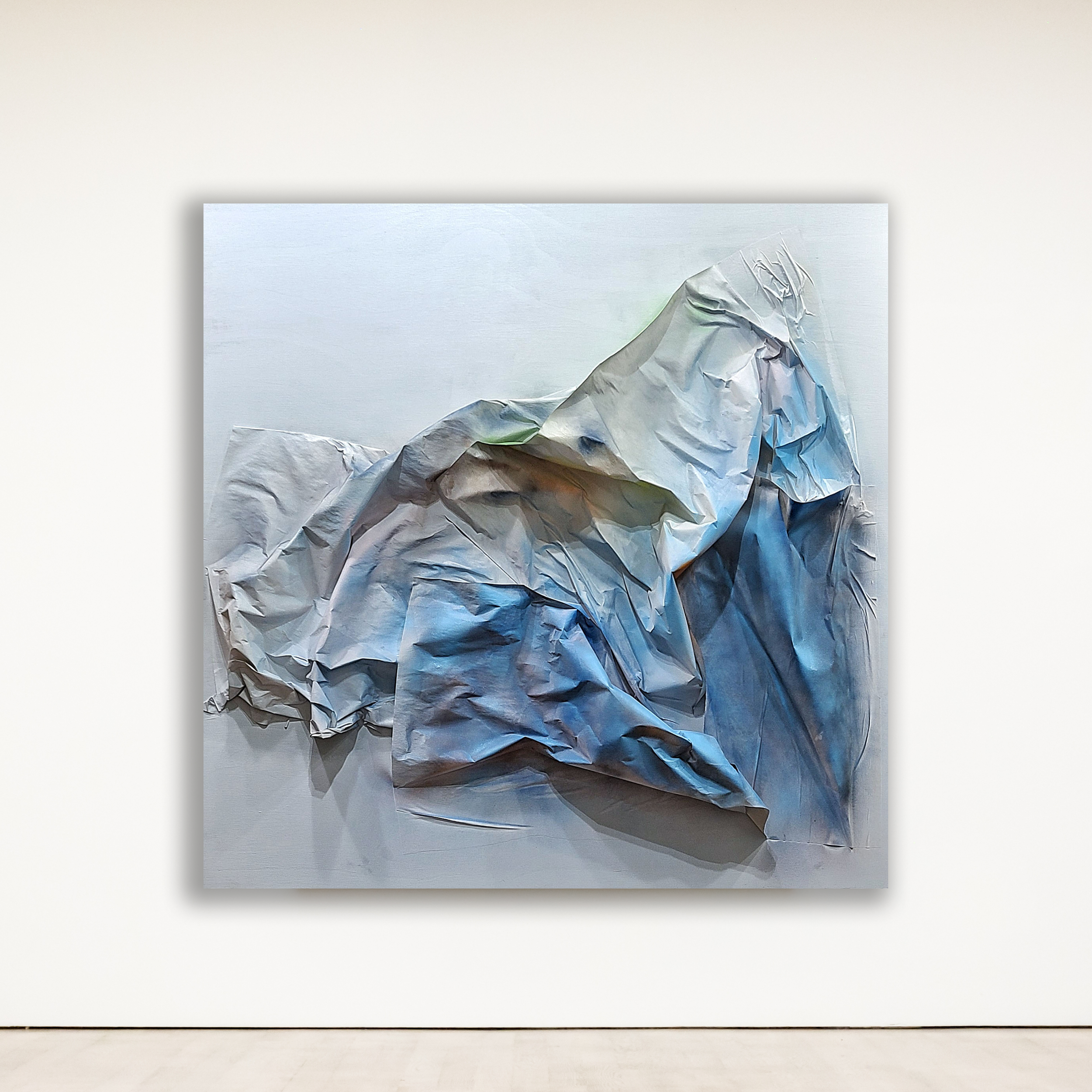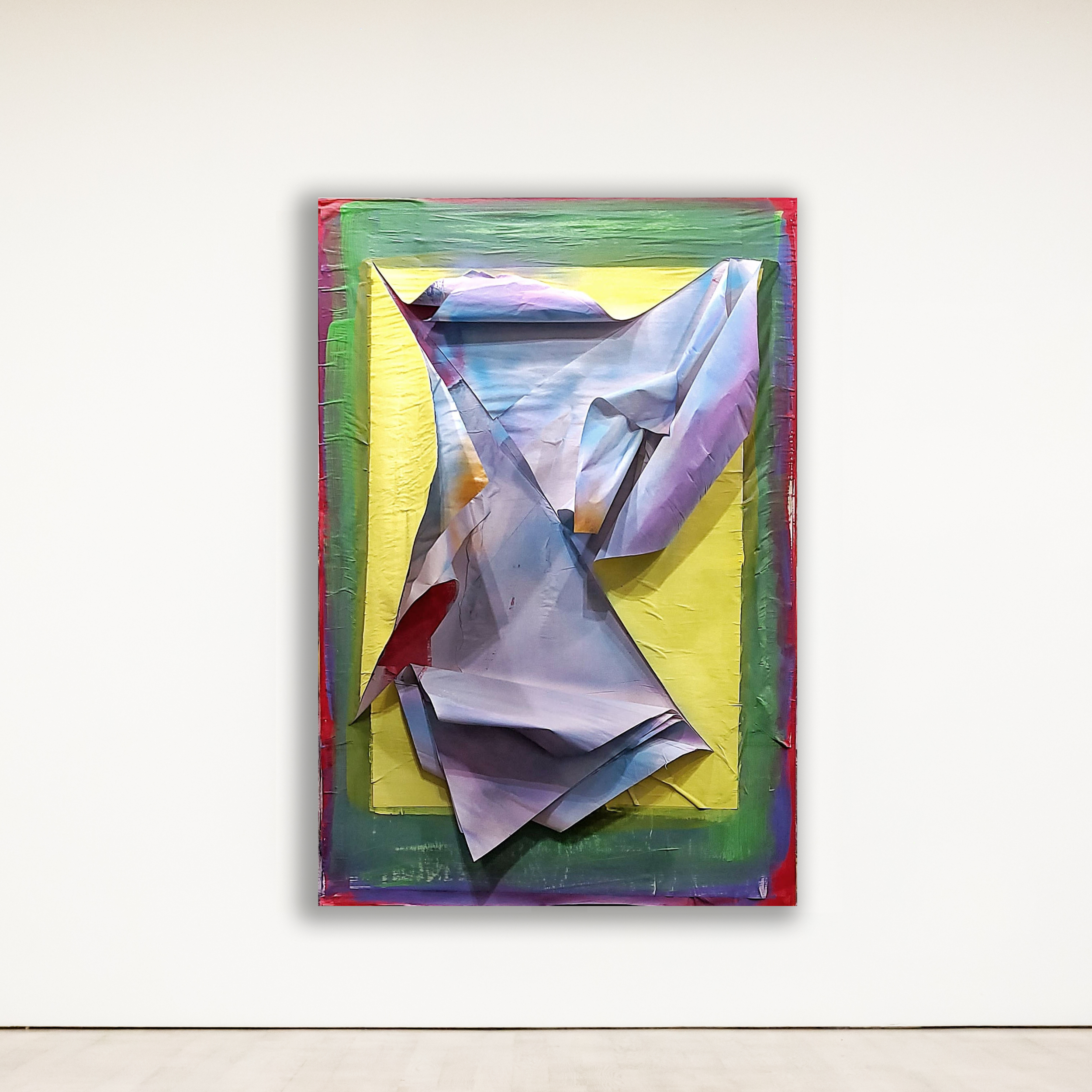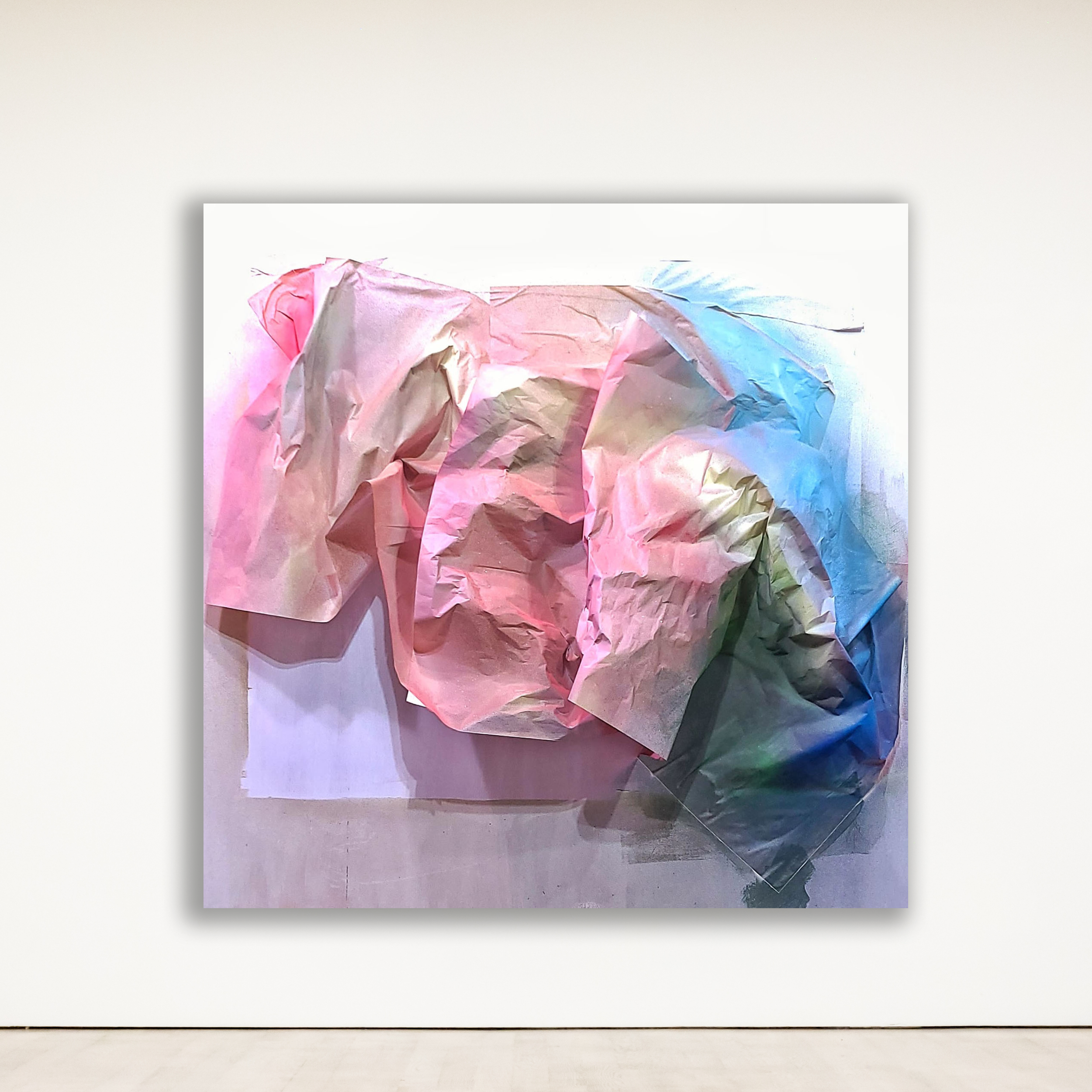DVAA Member since 2022
Drew Griffiths
Artist Website:
About:
Born in February between snowstorms, Drew decided early on that he would rather stay indoors and make art. However, his love of books quickly turned into a desire to write. Taking early inspiration from comics and their blend of intense colors to amp up the story’s emotional content, he also began working in the visual arts. Inspired by a wide range of literary influences, including Toni Morrison, Raymond Carver, and Haruki Murakami, while immersing himself into the world of Warhol, Jasper Johns, Motherwell, and Kandinsky, he simultaneously started developing his visual style. He wrote his first novellas while obtaining a BFA.
During his initial experimental period, he began furiously experimenting with visual arts and painting using wax to create unique textures by modifying the traditional method of encaustics, including setting his first paintings on fire to deepen the textures. As his style continued to develop over the ensuing years, he explored how to communicate visually through texture, color, and shadow. He began adding additional elements like tape, string, and tile to push the boundaries between painting and sculpture. In the last two years, hunkered down in the studio, Drew wanted to go further as a contemporary abstract artist and challenge what a “canvas” could contain. He began bending, shaping, tearing, and building texture with paper. The balance of this bold but delicate structure evokes a strong emotional connection with the audience and forces them to explore and contemplate each surface.
Drew Griffith’s work has been shown in New York, Rhode Island, and New Jersey and is in private collections.
Artist Statement:
“My work leverages the power of shape, texture, and color fields to connect and create an emotional impact on the viewer's subconscious. By balancing the delicate folds and curvature of paper against the heavy wooden base a strong sc Work that longs to be touched, examined and discussed because of what is just beneath the surface. The composition is instantly accessible but demands contemplation allowing viewers to access an emotional set based on personal experiences driven by past recollections and the power of primary colors and shapes. It presents a bridge to a deeper and more contemplative experience with subtle strokes of texture and paint that forces the individual to consider how this art represents the current climate of our society, relationships to technology, and our desire for beauty through materialism.”



